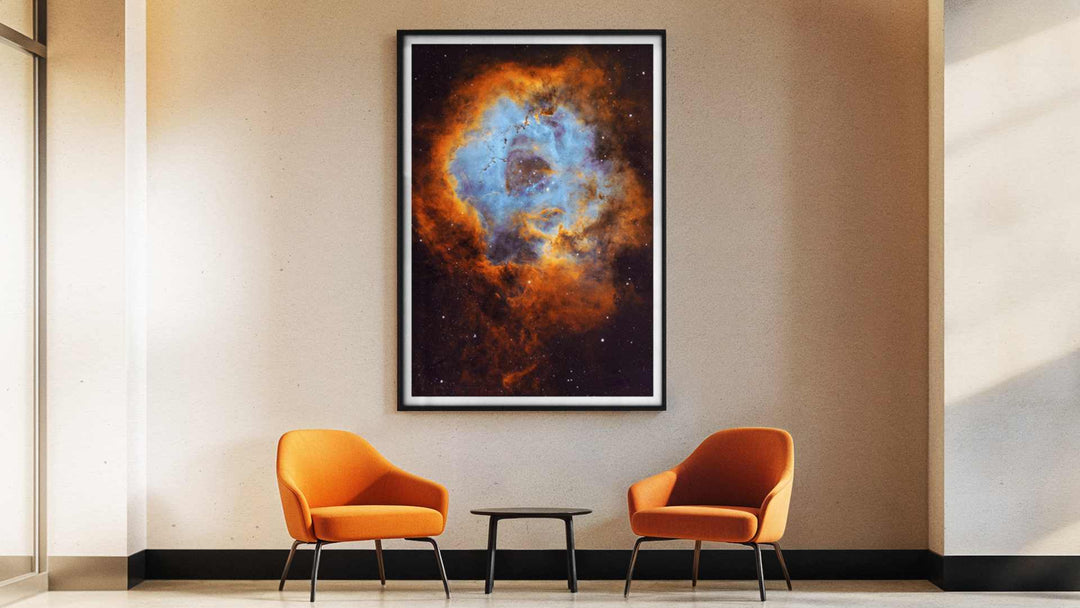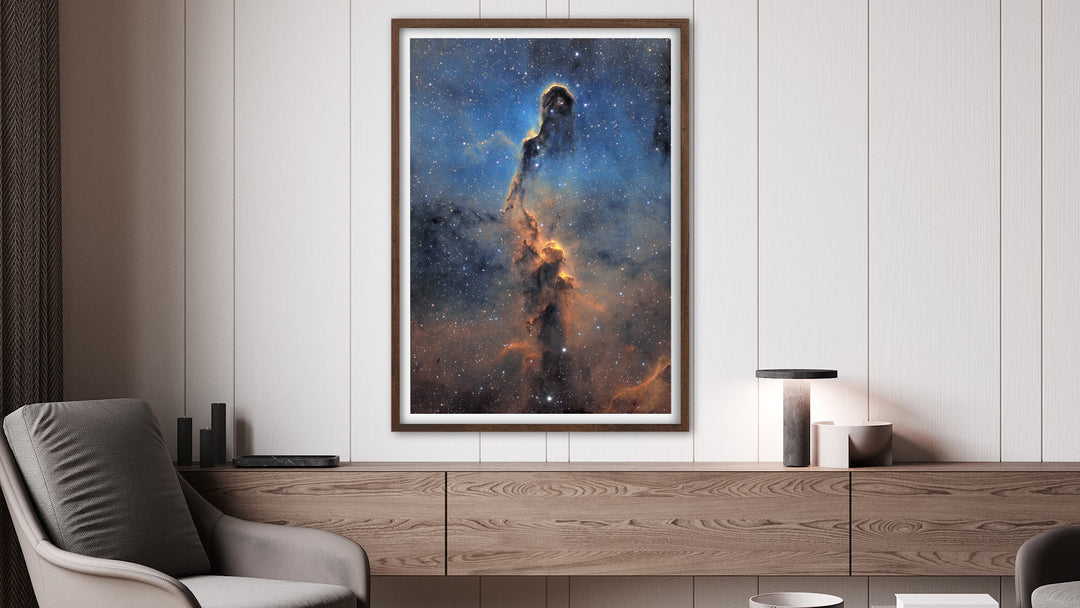Łukasz Remkowicz: Large Magellanic Cloud - Our Neighbor Galaxy, In Full Glory
163,000 light-years from Earth floats a galaxy that isn't quite ours. The Large Magellanic Cloud—visible only from the Southern Hemisphere, spanning 10° of sky, glowing with 20 billion stars.
Polish astrophotographer Łukasz Remkowicz traveled to Hakos, Namibia—one of Earth's ten darkest observing sites—to capture this single-frame portrait of our cosmic neighbor. The result earned double recognition: AstroBin Top Pick and SKY (Astronomy Picture of the Day), two of astrophotography's highest honors.
This isn't just another galaxy shot. This is 100 minutes of photons that left the LMC when humans were just beginning to paint on cave walls, finally captured on sensor in the Namibian highlands.

A Portrait of a Living Galaxy
What you're seeing is a galaxy buzzing with life. The brilliant pink and red clouds are vast nurseries of hydrogen gas, glowing from the energy of newborn stars. Dominating the scene is the colossal Tarantula Nebula, a star-forming region so immense and active that if it were as close to us as the Orion Nebula, it would cast shadows on Earth.
This single, perfectly composed frame, captured under the pristine, dark skies of Namibia, reveals the LMC's entire magnificent structure in stunning, natural color.
Why Settle for Ordinary? Discover the Astrography Standard
At Astrography, we are obsessed with the extraordinary. We are curators, not just sellers. We search the cosmos through the lenses of the world's best astrophotographers to bring you images that are not only scientifically significant but are also profound works of art. Each photograph in our collection tells a story. This view of the Large Magellanic Cloud is a testament to that philosophy—a story of galactic life, beautifully told.
A Universe of Possibilities for Your Space
-
For space enthusiasts: This is what a dwarf galaxy looks like. Not the romanticized spiral we know from Andromeda shots—this is irregular structure. Barred morphology that gravity warped from its original spiral form. A galaxy in tidal interaction with the Milky Way, predicted to merge with us in 2.4 billion years. You're seeing galactic evolution in action.
-
For art collectors: Wide-field galaxy portraits are rare in astrophotography. Most images zoom into nebulae or galaxies' cores. Remkowicz stepped back. He captured the entire LMC—its scale, its structure, its relationship to the surrounding star field. The composition balances negative space (that star-studded black) against the irregular glow of 20 billion suns. The color is scientifically accurate: red from ionized hydrogen, blue from scattered starlight, the subtle brown-orange of dust extinction.
-
For interior designers: Unlike most deep-sky images, this reads at multiple scales. From across the room, it's an abstract cloud of light against darkness—texture, flow, organic form. Up close, it resolves into structure: individual star clusters, gas filaments, the Tarantula's spidery arms. The color palette—deep reds, subtle blues, blacks—creates sophistication without overwhelming. It anchors contemporary spaces, astronomy-themed rooms, offices where wonder matters.
-
For educators and gift seekers: The Large Magellanic Cloud was named for Ferdinand Magellan, who observed it during his 1519 circumnavigation—though Persian astronomers recorded it as early as 964 CE. It's 1/100th the Milky Way's mass but one of the four largest galaxies in our Local Group. It's a Magellanic spiral—a class defined by this very galaxy. And it's visible to the naked eye from the Southern Hemisphere as a faint cloud, 20 times the Moon's diameter.
This print gives someone that cloud, resolved. Detailed. Beautiful.
Museum-Quality That Honors 163,000 Years of Travel
We believe that art this special deserves to last, and we prepare this in two formats:
-
Fine Art Print (200+ year lifespan): Gallery-grade archival paper, museum-tested pigments, the same materials institutions use when permanence matters. This is heirloom quality. Your descendants will inherit the Large Magellanic Cloud exactly as Remkowicz captured it from Namibian darkness.
-
Poster Print: Budget-friendly without sacrificing color accuracy, detail preservation, or tonal range. Perfect for students, emerging collectors, astronomy educators, anyone who wants a neighboring galaxy on their wall without the fine-art price.
Both formats receive the same meticulous preparation—color grading, contrast optimization, print profiling to match Remkowicz's processing vision. We handle the technical complexity so you receive a piece that honors both the 100-minute exposure and the 163,000-year photon journey.
Your Wall. 20 Billion Stars.
Here's what most people forget: the Large Magellanic Cloud is always there—arcing across southern skies every clear night, a permanent fixture visible to anyone south of 20°N latitude.
But most people never see it. Light pollution drowns it out. Northern latitude blinds them to it. And even those who do see it—a faint smudge, a "cloud" of light—never see this. The structure. The detail. The Tarantula's spidery arms. The surrounding HII regions like jewels on velvet. The knowledge that you're not looking at stars in our galaxy, but an entire galaxy of stars, a cosmic neighbor captured in scientific detail and artistic brilliance.
Add to cart now. Choose your size. Select Fine Art for museum-grade permanence or Poster for accessible excellence. Łukasz Remkowicz spent 100 minutes under Namibian darkness capturing this—we'll spend however long it takes preparing your print to honor that dedication.
The Large Magellanic Cloud has been crossing southern skies since before humans looked up. It's time it crossed your wall.


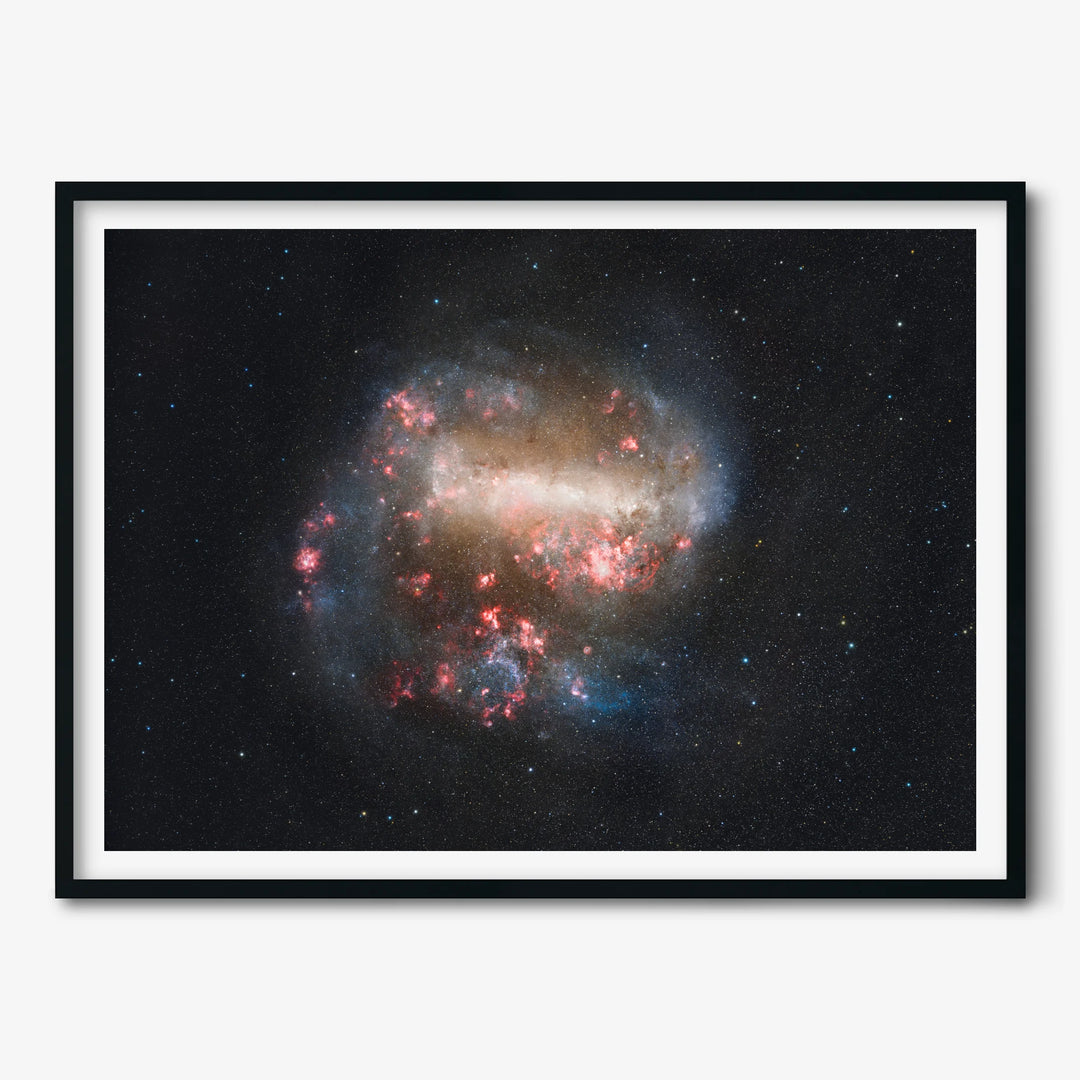
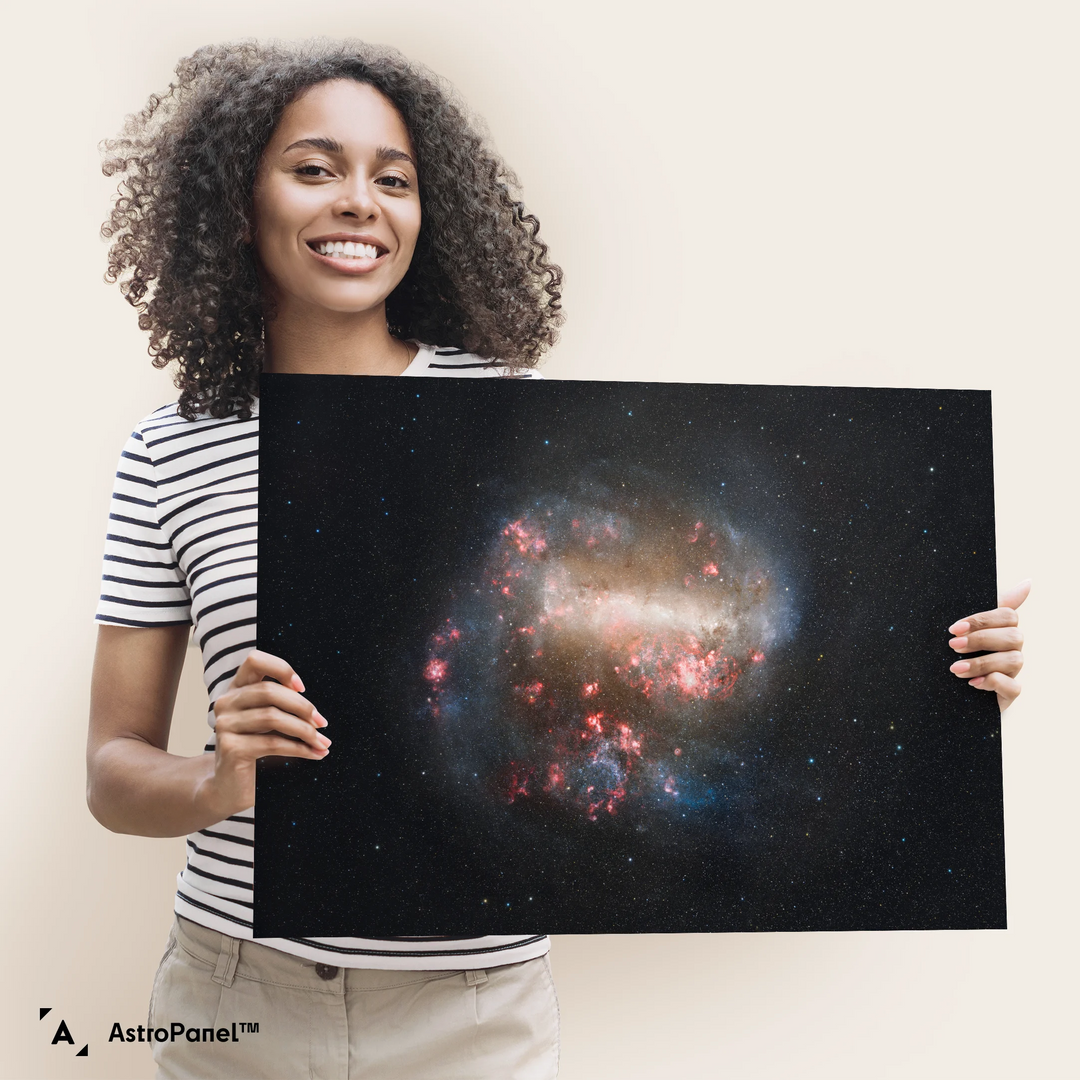
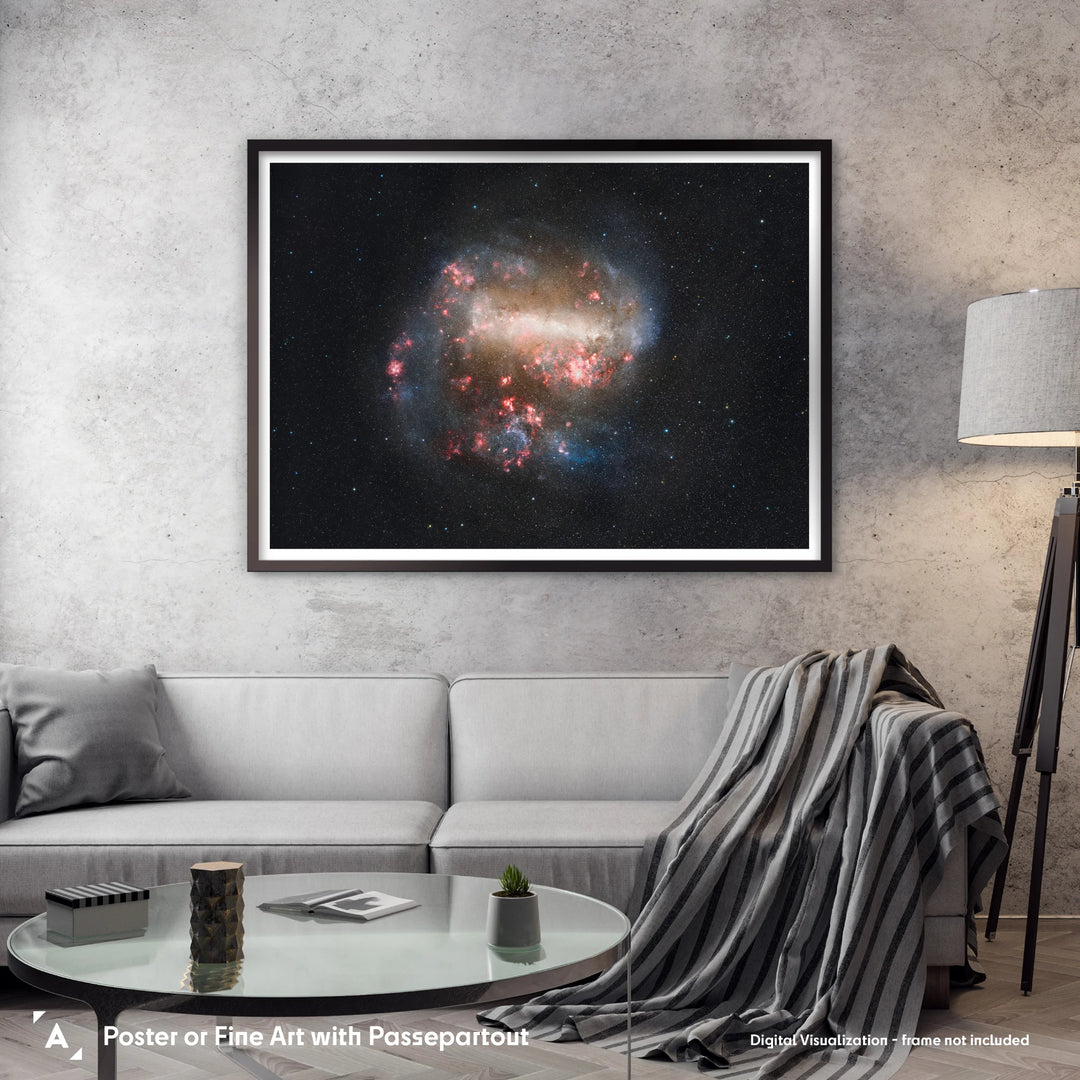
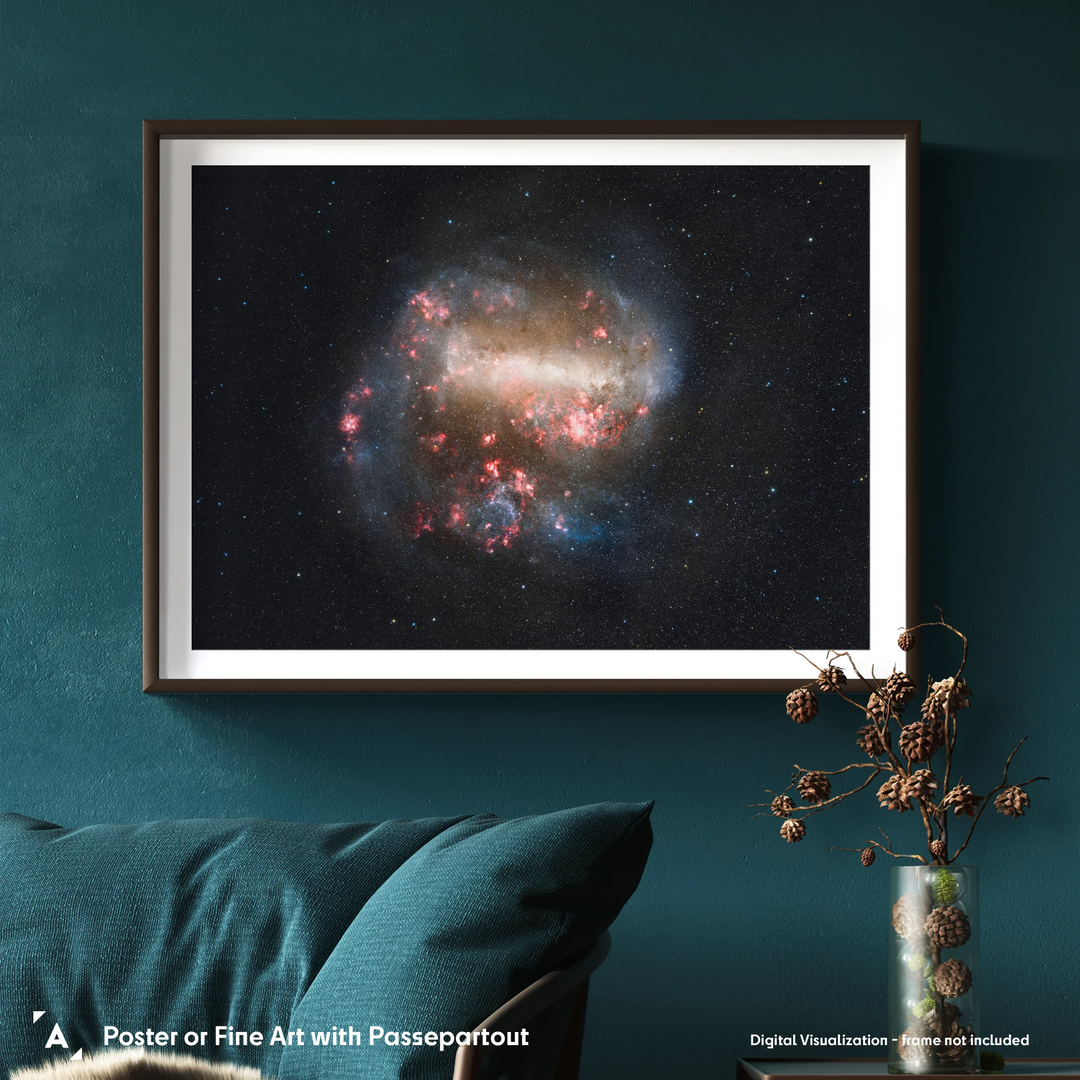
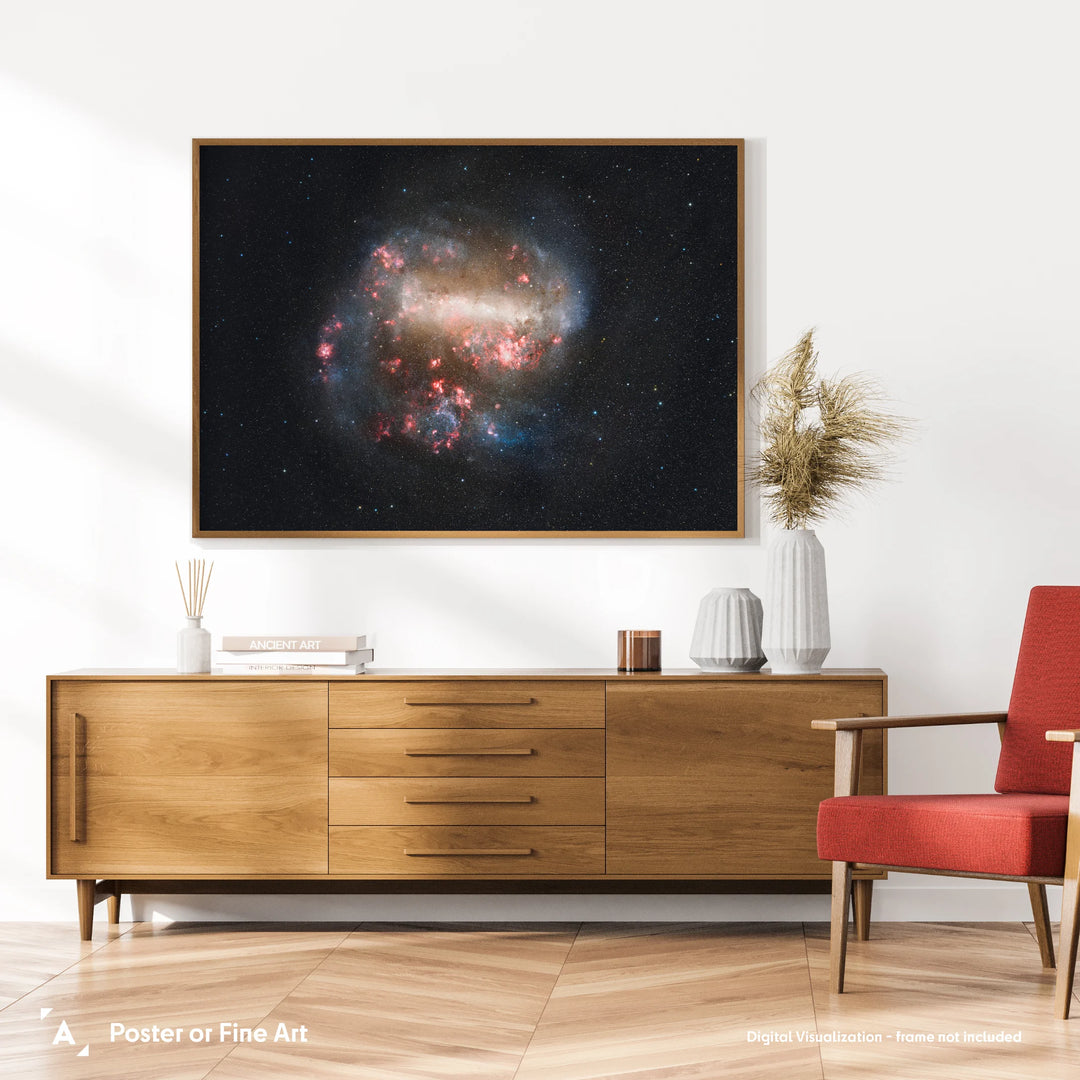
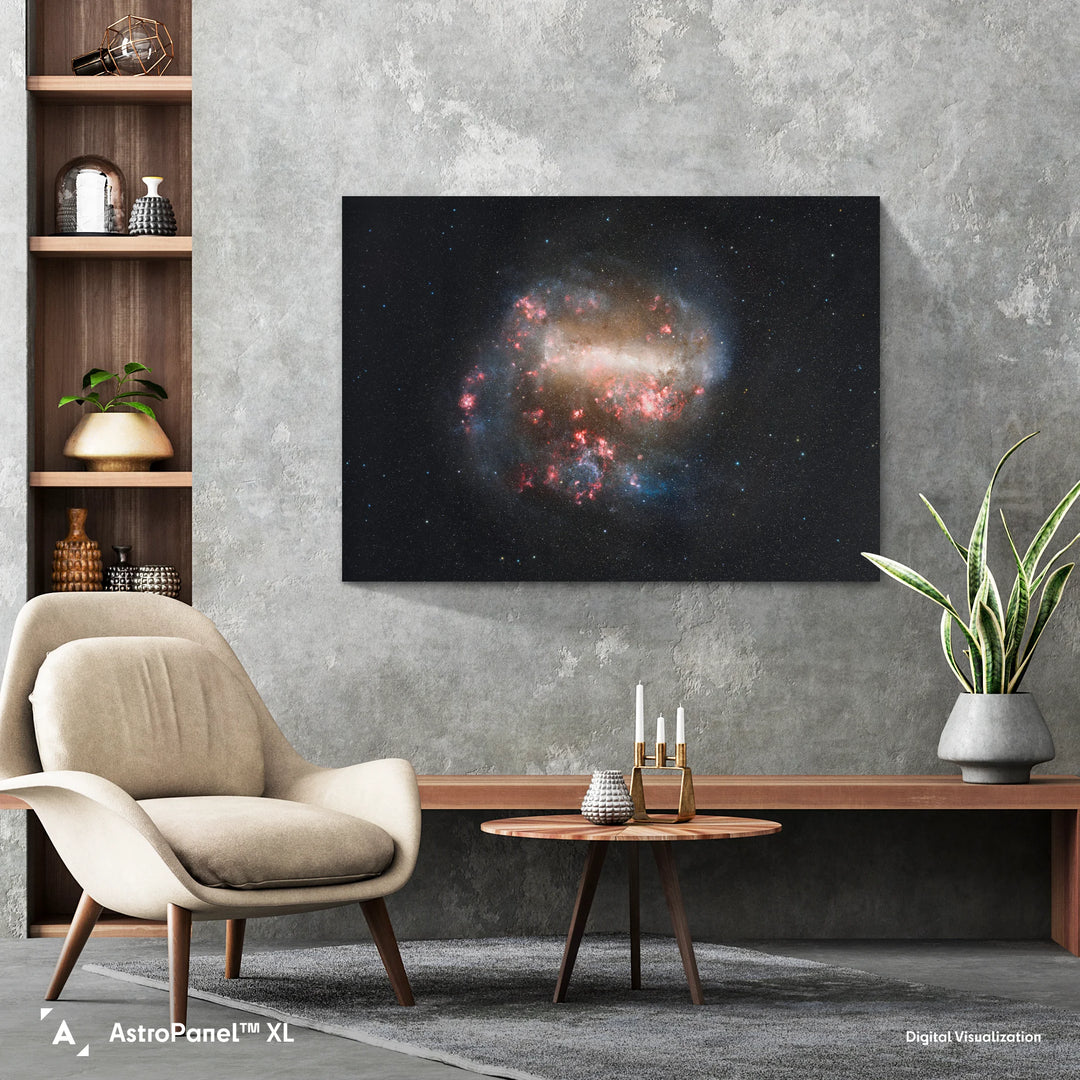
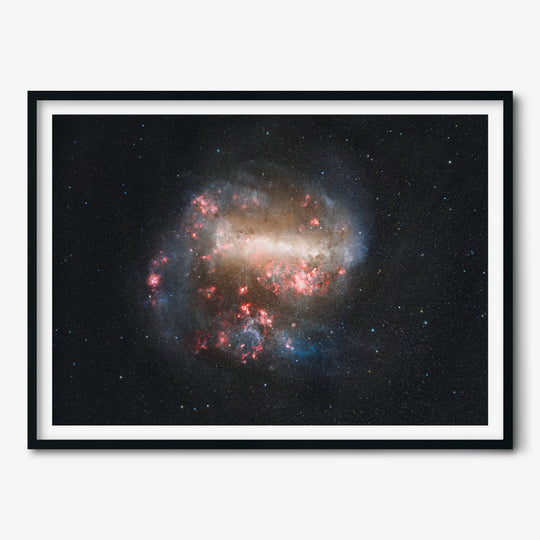
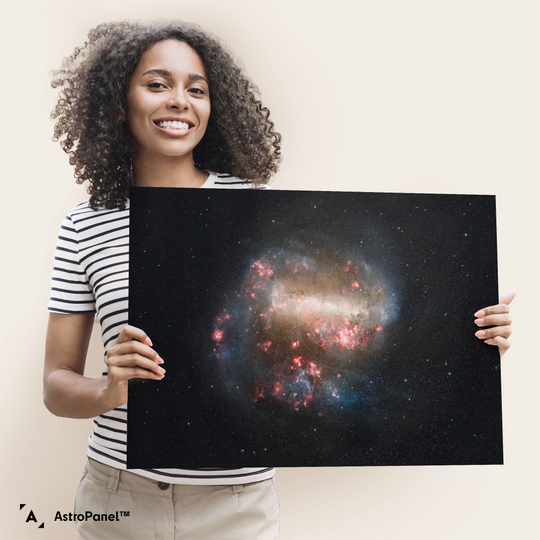
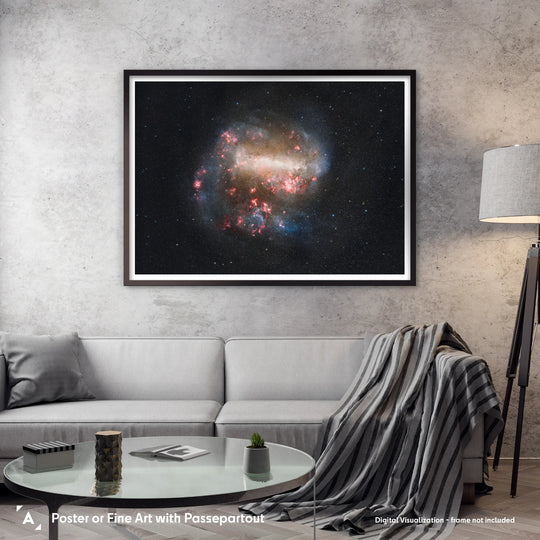
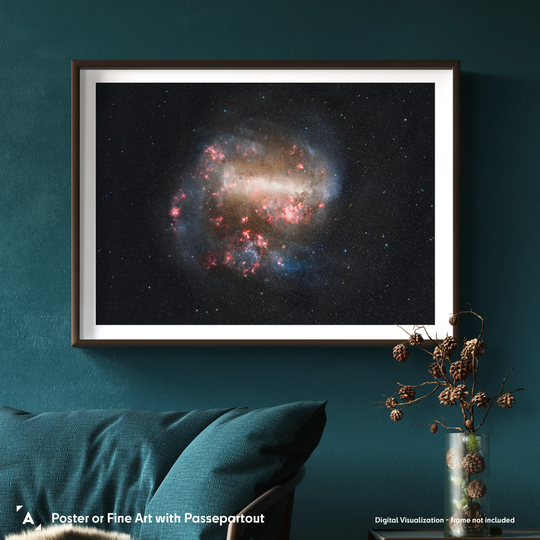
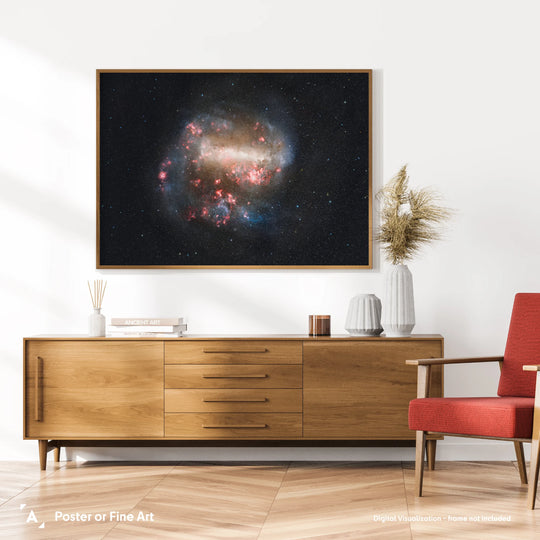
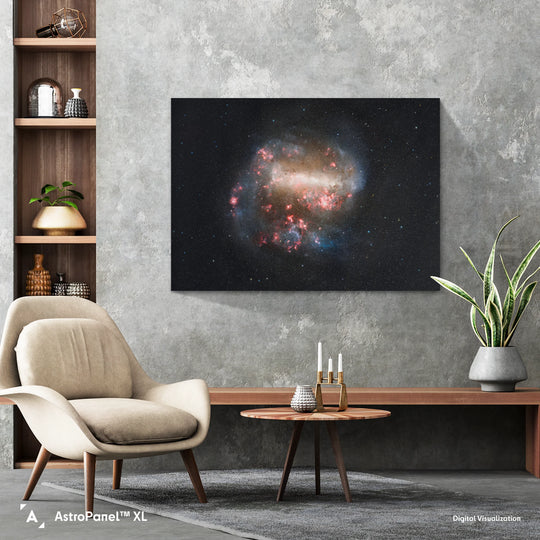


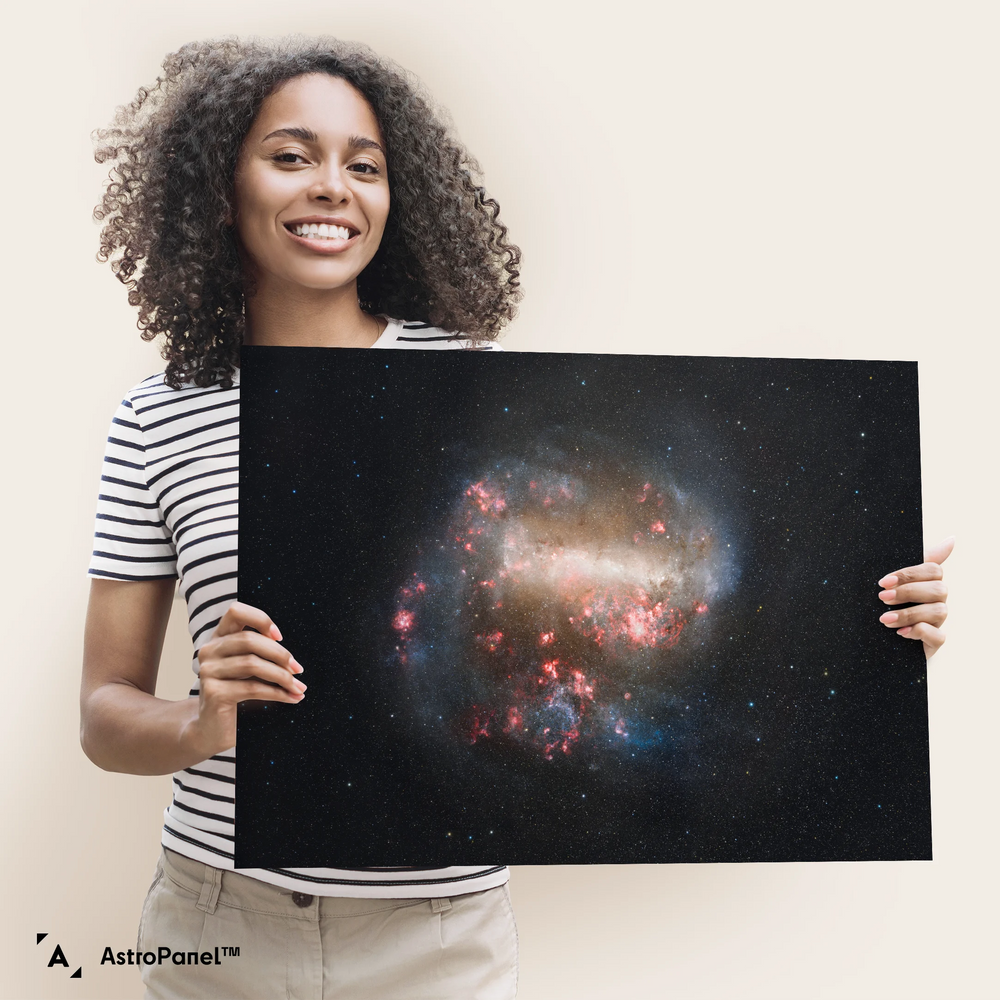

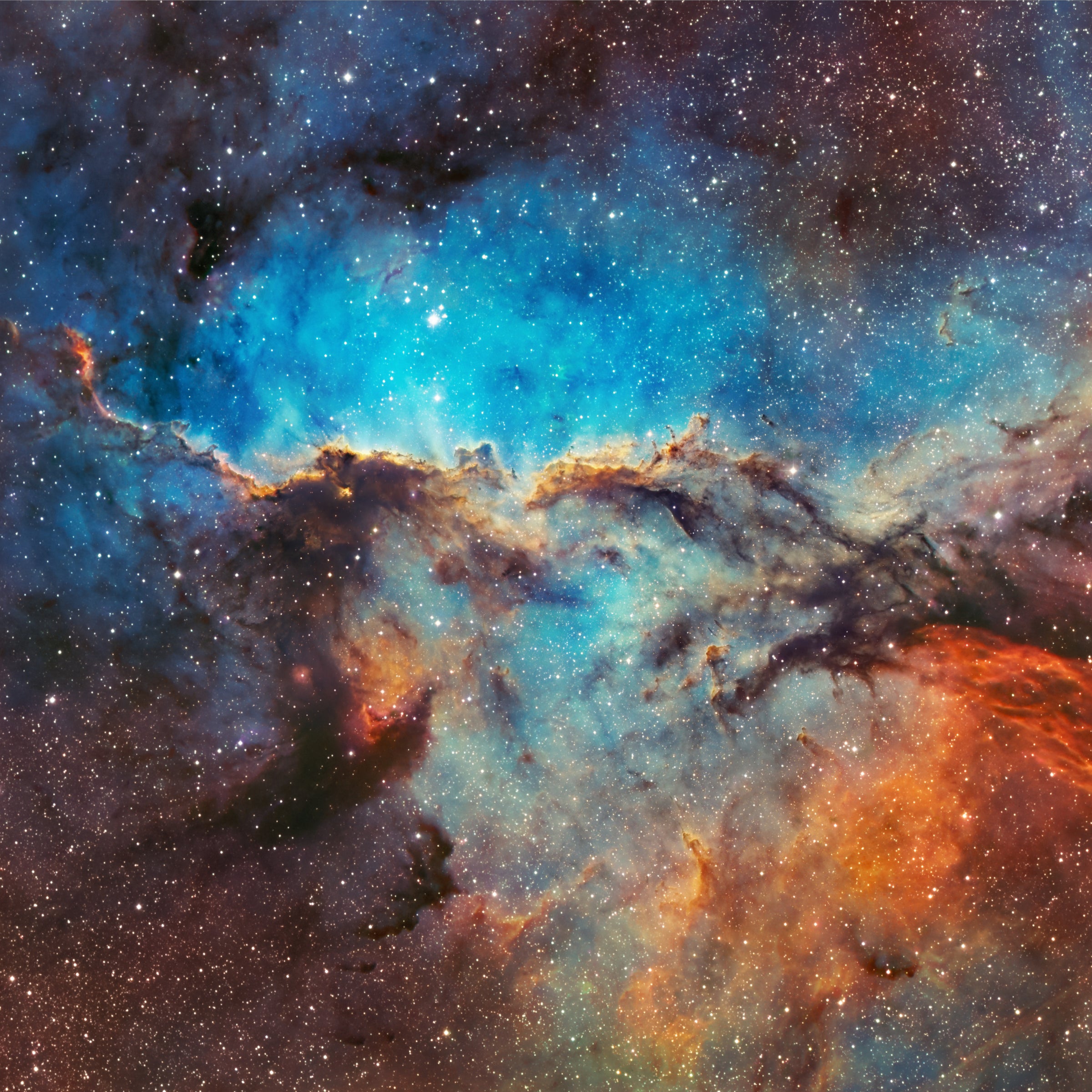
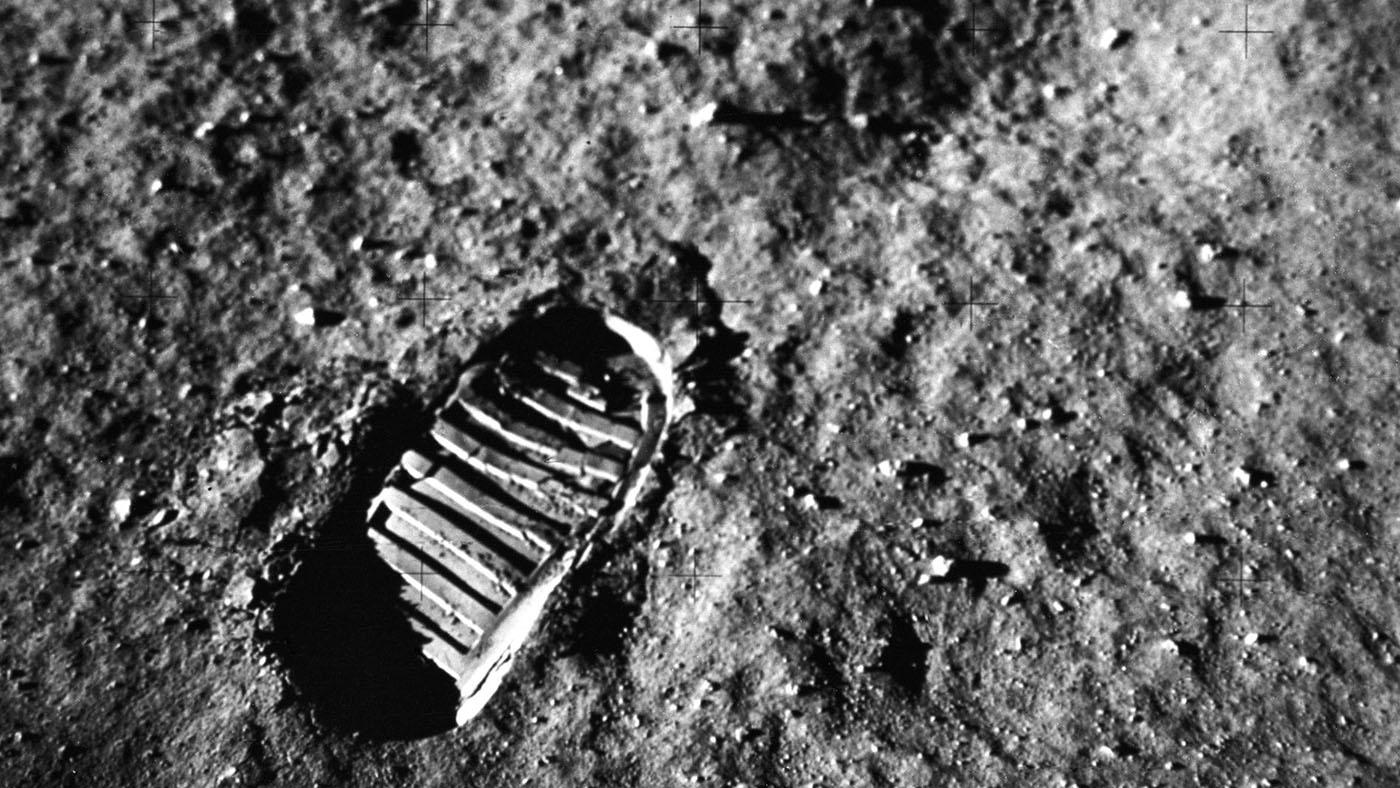
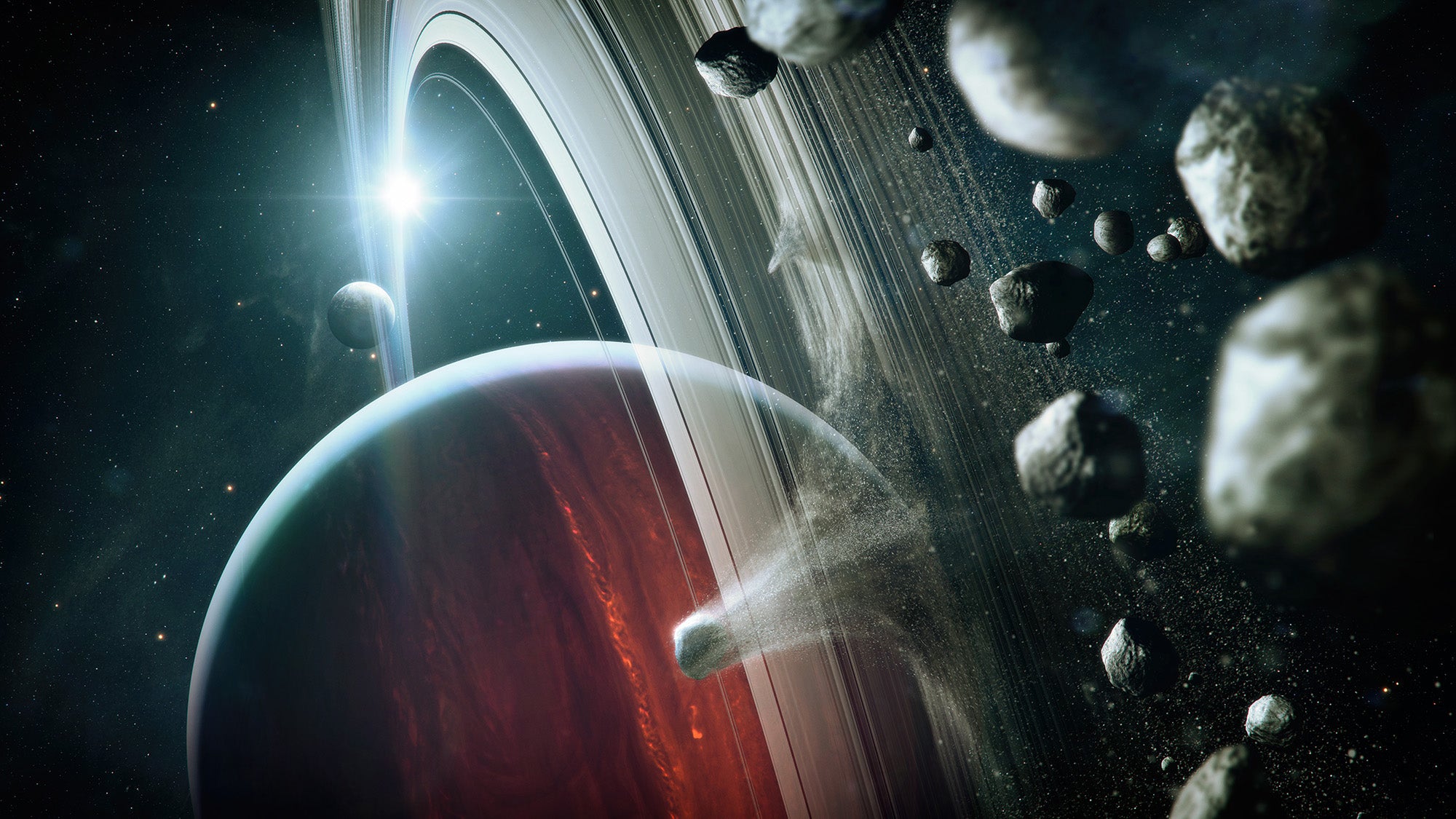
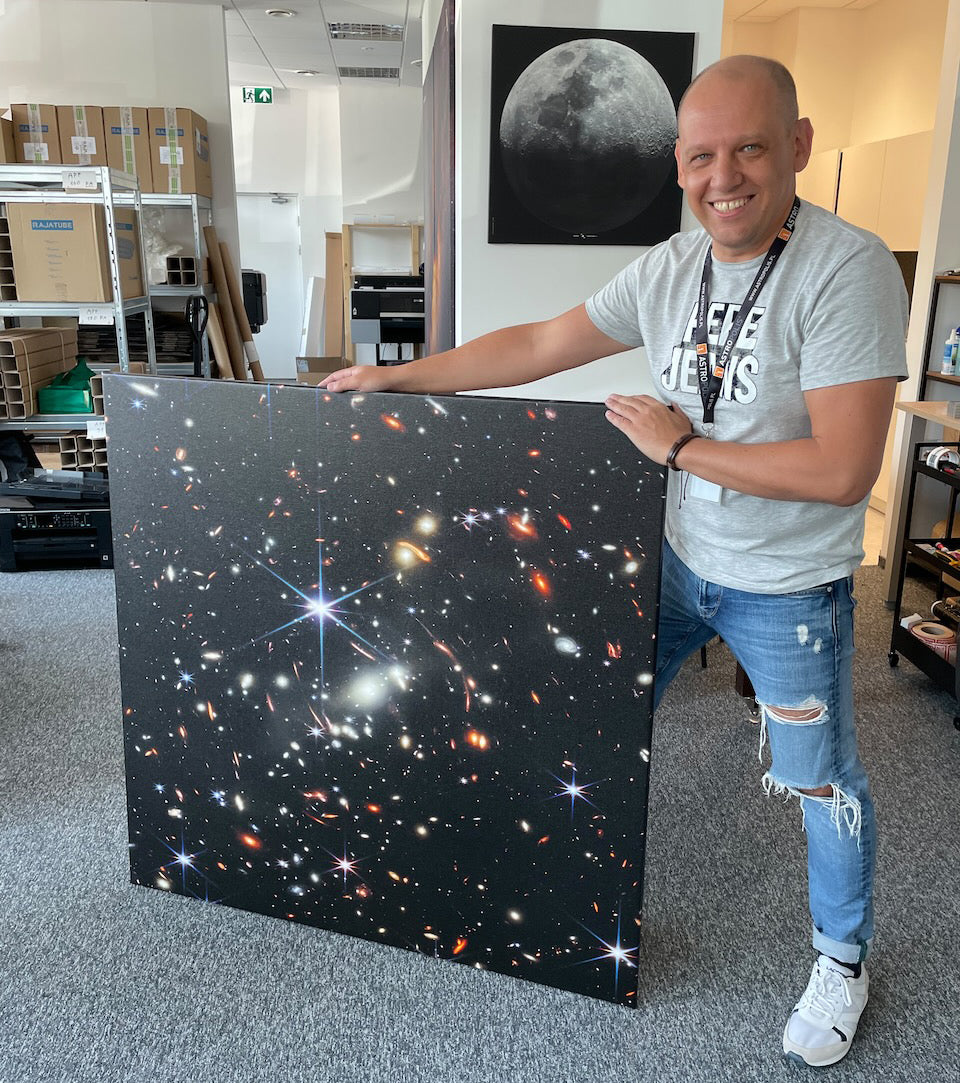
![4 Incredible Space Posters and Wall Art for Man’s Cave [Inspirations]](http://astrography.com/cdn/shop/articles/mans-cave-2-16x9-1_83814d94-574a-4782-a3a0-cf4e59620b81.webp?v=1763116144&width=1080)
